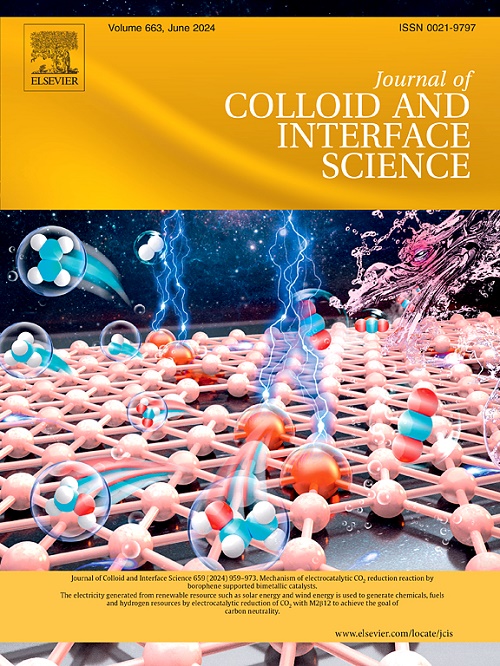Weakly solvating effect optimized hydrated eutectic electrolyte towards reliable zinc anode interfacial chemistry
IF 9.4
1区 化学
Q1 CHEMISTRY, PHYSICAL
引用次数: 0
Abstract
The inherent issues of aqueous Zn-ion batteries, including side reactions and dendrite growth, can be effectively addressed through designing solvation structures enriched with anions to facilitate the formation of an anion-derived solid electrolyte interphase (SEI) layer. Here, the weakly solvating effect is utilized to modulate Zn2+ solvation structure for constructing an anion-derived SEI layer. Trifluoroacetamide (TFACE), with a specific weak solvating ability, serves as an ideal ligand for preparing hydrated eutectic electrolytes (HEEs) combining the anion-containing solvation structures and high ionic conductivity. The results demonstrate that coordinated anions preferentially decompose and generate an inorganic/organic hybrid SEI layer on the Zn anode, which efficiently suppresses both side reactions and dendritic growth. Such an electrolyte enables assembled Zn//polyaniline (PANI) full cells to process an impressive capacity retention, maintaining 80 % after 3000 cycles at 0.5 A g−1. This work provides a fundamental insight into building the anion-derived SEI by the weakly solvating effect and gives a viable route for designing advanced aqueous electrolytes.

求助全文
约1分钟内获得全文
求助全文
来源期刊
CiteScore
16.10
自引率
7.10%
发文量
2568
审稿时长
2 months
期刊介绍:
The Journal of Colloid and Interface Science publishes original research findings on the fundamental principles of colloid and interface science, as well as innovative applications in various fields. The criteria for publication include impact, quality, novelty, and originality.
Emphasis:
The journal emphasizes fundamental scientific innovation within the following categories:
A.Colloidal Materials and Nanomaterials
B.Soft Colloidal and Self-Assembly Systems
C.Adsorption, Catalysis, and Electrochemistry
D.Interfacial Processes, Capillarity, and Wetting
E.Biomaterials and Nanomedicine
F.Energy Conversion and Storage, and Environmental Technologies

 求助内容:
求助内容: 应助结果提醒方式:
应助结果提醒方式:


